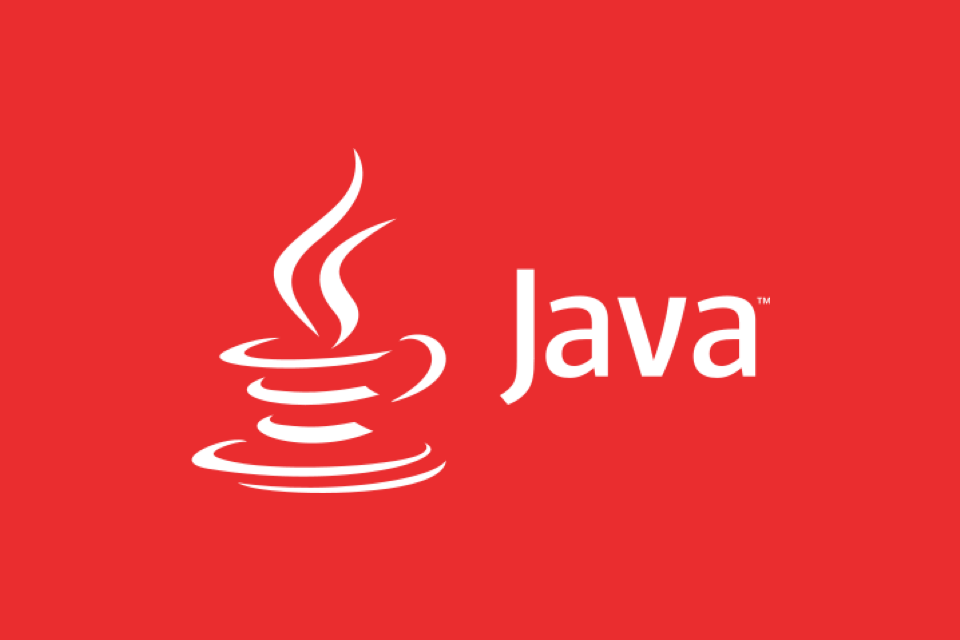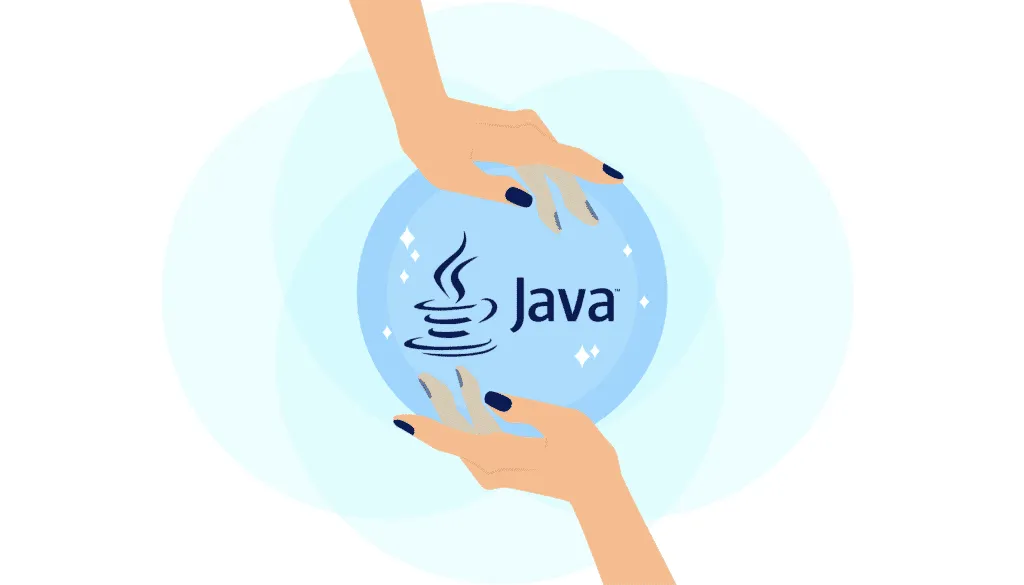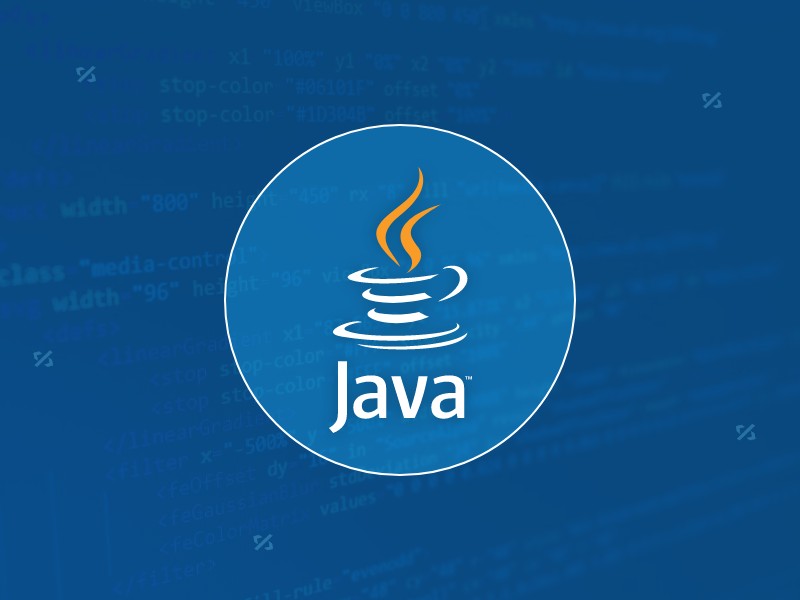There are three main differences between Callable and Runnable in Java. First, the callable method can return the result, suitable for tasks that need to return values, such as Callable

In Java, both Callable and Runnable are used to represent tasks that can be executed by a thread. However, they have key differences that make each suitable for different scenarios.

1. Return Value
One of the main differences between Callable and Runnable is that Callable can return a result, while Runnable cannot.

-
Callablereturns a value through itscall()method, which is of typeObject. This makes it useful when you need to perform some computing and get a result back. -
Runnable, on the other hand, has arun()method that does not return anything. It's typically used for tasks that just need to run without returning a value.
For example, if you're downloading a file and want to know whether it was successful, you might use a Callable<boolean></boolean> . If you're just logging some information or updating a UI, a Runnable would suffice.
2. Exception Handling
Another important difference is how exceptions are handled.

- The
call()method inCallablecan throw checked exceptions. This means you can handle errors more gracefully and pass them back to the caller. - In contrast, the
run()method inRunnabledoesn't allow throwing checked exceptions. Any exception handling must be done inside the method itself.
This makes Callable more flexible when working with code that might fail due to external factors like I/O operations or network calls.
3. Usage with Thread and ExecutorService
How these interfaces are used with threads and executors also differs:
-
Runnablecan be directly passed to aThreadobject or submitted to anExecutorService. -
Callablecan only be submitted to anExecutorService, not directly used with aThread. When you submit aCallable, it returns aFutureobject, which allows you to retrieve the result once it's available.
Here's how you might use them:
// Runnable example
Runnable task = () -> System.out.println("Running a Runnable");
new Thread(task).start();
// Callable example
Callable<String> task = () -> "Result from Callable";
ExecutorService executor = Executors.newSingleThreadExecutor();
Future<String> future = executor.submit(task); So if you need a result or want to work with futures, Callable is the better choice. If you just need something to run without a return value, stick with Runnable .
That's basically it — the main distinctions come down to return types, exception handling, and how they're used with threads and executors. Not too complicated, but easy to mix up if you're not paying attention.
The above is the detailed content of Differences Between Callable and Runnable in Java. For more information, please follow other related articles on the PHP Chinese website!

Hot AI Tools

Undress AI Tool
Undress images for free

Undresser.AI Undress
AI-powered app for creating realistic nude photos

AI Clothes Remover
Online AI tool for removing clothes from photos.

Clothoff.io
AI clothes remover

Video Face Swap
Swap faces in any video effortlessly with our completely free AI face swap tool!

Hot Article

Hot Tools

Notepad++7.3.1
Easy-to-use and free code editor

SublimeText3 Chinese version
Chinese version, very easy to use

Zend Studio 13.0.1
Powerful PHP integrated development environment

Dreamweaver CS6
Visual web development tools

SublimeText3 Mac version
God-level code editing software (SublimeText3)

Hot Topics
 css table-layout fixed example
Jul 29, 2025 am 04:28 AM
css table-layout fixed example
Jul 29, 2025 am 04:28 AM
table-layout:fixed will force the table column width to be determined by the cell width of the first row to avoid the content affecting the layout. 1. Set table-layout:fixed and specify the table width; 2. Set the specific column width ratio for the first row th/td; 3. Use white-space:nowrap, overflow:hidden and text-overflow:ellipsis to control text overflow; 4. Applicable to background management, data reports and other scenarios that require stable layout and high-performance rendering, which can effectively prevent layout jitter and improve rendering efficiency.
 A Developer's Guide to Maven for Java Project Management
Jul 30, 2025 am 02:41 AM
A Developer's Guide to Maven for Java Project Management
Jul 30, 2025 am 02:41 AM
Maven is a standard tool for Java project management and construction. The answer lies in the fact that it uses pom.xml to standardize project structure, dependency management, construction lifecycle automation and plug-in extensions; 1. Use pom.xml to define groupId, artifactId, version and dependencies; 2. Master core commands such as mvnclean, compile, test, package, install and deploy; 3. Use dependencyManagement and exclusions to manage dependency versions and conflicts; 4. Organize large applications through multi-module project structure and are managed uniformly by the parent POM; 5.
 How to use Java MessageDigest for hashing (MD5, SHA-256)?
Jul 30, 2025 am 02:58 AM
How to use Java MessageDigest for hashing (MD5, SHA-256)?
Jul 30, 2025 am 02:58 AM
To generate hash values using Java, it can be implemented through the MessageDigest class. 1. Get an instance of the specified algorithm, such as MD5 or SHA-256; 2. Call the .update() method to pass in the data to be encrypted; 3. Call the .digest() method to obtain a hash byte array; 4. Convert the byte array into a hexadecimal string for reading; for inputs such as large files, read in chunks and call .update() multiple times; it is recommended to use SHA-256 instead of MD5 or SHA-1 to ensure security.
 Building RESTful APIs in Java with Jakarta EE
Jul 30, 2025 am 03:05 AM
Building RESTful APIs in Java with Jakarta EE
Jul 30, 2025 am 03:05 AM
SetupaMaven/GradleprojectwithJAX-RSdependencieslikeJersey;2.CreateaRESTresourceusingannotationssuchas@Pathand@GET;3.ConfiguretheapplicationviaApplicationsubclassorweb.xml;4.AddJacksonforJSONbindingbyincludingjersey-media-json-jackson;5.DeploytoaJakar
 Developing a Blockchain Application in Java
Jul 30, 2025 am 12:43 AM
Developing a Blockchain Application in Java
Jul 30, 2025 am 12:43 AM
Understand the core components of blockchain, including blocks, hashs, chain structures, consensus mechanisms and immutability; 2. Create a Block class that contains data, timestamps, previous hash and Nonce, and implement SHA-256 hash calculation and proof of work mining; 3. Build a Blockchain class to manage block lists, initialize the Genesis block, add new blocks and verify the integrity of the chain; 4. Write the main test blockchain, add transaction data blocks in turn and output chain status; 5. Optional enhancement functions include transaction support, P2P network, digital signature, RESTAPI and data persistence; 6. You can use Java blockchain libraries such as HyperledgerFabric, Web3J or Corda for production-level opening
 css dark mode toggle example
Jul 30, 2025 am 05:28 AM
css dark mode toggle example
Jul 30, 2025 am 05:28 AM
First, use JavaScript to obtain the user system preferences and locally stored theme settings, and initialize the page theme; 1. The HTML structure contains a button to trigger topic switching; 2. CSS uses: root to define bright theme variables, .dark-mode class defines dark theme variables, and applies these variables through var(); 3. JavaScript detects prefers-color-scheme and reads localStorage to determine the initial theme; 4. Switch the dark-mode class on the html element when clicking the button, and saves the current state to localStorage; 5. All color changes are accompanied by 0.3 seconds transition animation to enhance the user
 How to convert an Array to a List in Java?
Jul 30, 2025 am 01:54 AM
How to convert an Array to a List in Java?
Jul 30, 2025 am 01:54 AM
Converting an array into a list in Java requires selecting methods based on the data type and requirements. ① Use Arrays.asList() to quickly convert an object array (such as String[]) into a fixed-size List, but elements cannot be added or deleted; ② If you need a mutable list, you can encapsulate the result of Arrays.asList() through the ArrayList constructor; ③ For basic type arrays (such as int[]), you need to use StreamAPI conversion, such as Arrays.stream().boxed().collect(Collectors.toList()); ④ Notes include avoiding null arrays, distinguishing basic types from object types, and explicitly returning columns
 python property decorator example
Jul 30, 2025 am 02:17 AM
python property decorator example
Jul 30, 2025 am 02:17 AM
@property decorator is used to convert methods into properties to implement the reading, setting and deletion control of properties. 1. Basic usage: define read-only attributes through @property, such as area calculated based on radius and accessed directly; 2. Advanced usage: use @name.setter and @name.deleter to implement attribute assignment verification and deletion operations; 3. Practical application: perform data verification in setters, such as BankAccount to ensure that the balance is not negative; 4. Naming specification: internal variables are prefixed, property method names are consistent with attributes, and unified access control is used to improve code security and maintainability.






